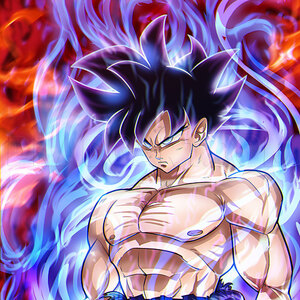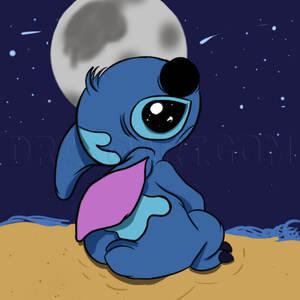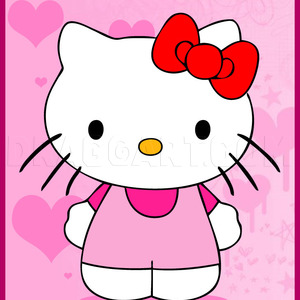7
Watch closely how his beard, cheeks, jawline, and chin relate to the guidelines. As you draw, you will have more accuracy.
8
When you sketch in his hair, add those straight jagged lines and curls. Try staying close to the lines that represent the direction & curls of his hair. This will help as you shade it in. Also add in the small portion of his ear.
10
I made this line drawing especially for you if you don't want to do the pencil shading and blending part. Otherwise, let us continue to the pencil drawing part.
11
Here is the outline done with a 0.7mm mechanical pencil. Look closely and see if your lines look something like this. You can erase if certain areas like the eyes or nose don't line up. Be patient with this, it's not as complicated as you may think.
12
Before we go any further, I want to mention some tools I used, which is the famous white acrylic (this time white opaque watercolor) and also sandpaper. Right before I shaded, I used 180-grit sandpaper and rubbed over David's cheek area (to give that
13
The picture that goes with this step shows two different ways to hold your pencil to acquire certain effects. OVERHAND: Holding a sharpened pencil in normal writing form with fingers in the middle or near the lead gives you great control and thin/det
14
PENCIL STROKES & TONE, SHADING, TEXTURE -- For your convenience, I have inserted this step with different pencils, strokes to use. And you can study the shapes that make up this drawing universe, along with tone, shading, and texture.
15
The picture here is a great exercise for value shading. I've got a little secret tip for you to make things easier. You can download this to your desktop. First click on the picture to have access to full size. By right clicking on your mouse, you ca
16
After printing out a number of the above template, practice shading in the values like this picture. You become familiar with this shading technique that gives you more control and confidence.
17
Best thing you can do when drawing hair is to establish the general shape then work in the main strands of hair by holding your pencil at a 45 degree angle for stroking and coverage. Then, as in the third picture, you can work in more details. But he
18
This is the first start with the pastel application. If you do the whole picture in a pencil sketch, this is where you would sketch in small circles or lines to shade the areas. It would take hours upon hours to cover all that area with a pencil. I c
19
I added some more dark gray and black to his hair. Applied some dark gray pastel with my blending stump to his eyes and black to form his eye patch. What's interesting is I haven't used a pencil yet during this stage. I took a blending stump (since i
20
Here I used my 9B graphite pencil to darken between his hair strands and added more detail with my 7mm mechanical pencil. Then I took my blending stump to "draw" in more lines, add more shading to his hair, eyebrows, and side of face. I needed to dar
21
I first applied the 9B graphite crayon to the background and smoothed it with my blending stump.TIP: To balance the darkness I went over his eye shadow and dark areas in his hair.
22
I have to say this...OH, I'M GLAD I'M FINISHED... how about you? This was one heck of a drawing experience. I also took the pure white opaque watercolor and added highlights to his hair strands, under his nose, on the side of his face (for reflective
23
Without highlights, your picture would have a flat appearance. Click on this picture to learn how to make your own picture POP out!
Comments 0
Details
May 26, 2012
Description: David Bowie (born on 8 January 1947) is an English musician, actor, record producer and arranger. A major figure for over four decades in the world of popular music, Bowie is widely regarded as an innovator, particularly for his work in the 1970s. He is known for his distinctive voice and the intellectual depth and eclecticism of his work. (Wikipedia Notes) . I hope you enjoy this tutorial, "How to Draw David Bowie." Please fav, show your love, and comment. Thank you all. Peace and love to you.






















































































